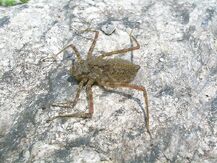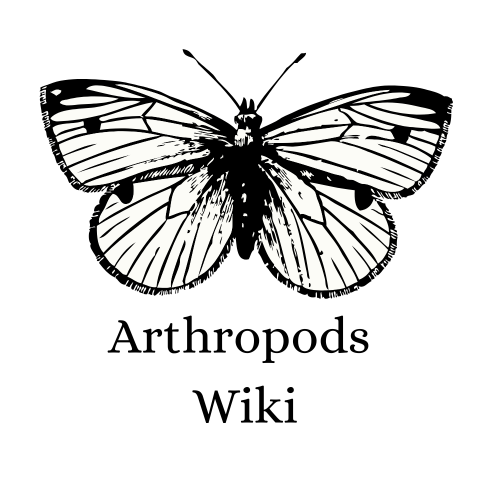
Based on morphology, the order Odonata are divided into three groups, viz. damselflies (Zygoptera), Anisozygoptera and dragonflies (Anisoptera). The suborder Anisozygoptera is a living fossil with two species of which Epiophlebia laidlawi is known from Darjeeling. Dragonflies and damselflies can easily be distinguished in the field. Odonata is the order of damselflies and dragonflies. This order compromises of two predatory winged insects and contains 6500 described species, they are excellent flyers and have adjusted to slightly humid climates, each species has a different preference for the state of water some may prefer freshwater while others, small streams of slightly acidic water, sometimes also known for their incredible speeds and gorgeous wings that reflect glares of light, damsel flies are rather weak fliers and prefer fluttering instead of hovering like their counterparts dragonflies. both have enormous compound eyes providing them with an excellent peripheral vison that means they have upto 1000 lenses within their compound eyes. As for in the case for dragonflies.
Biology[]

Dinokanaga andersoni, a fossilized early flying insect possibly an odonatan
These insects have a highly well-adapted flight mechanism (air bone) and are often known for their spectacular appearance, damselflies unlike dragonflies posses a rather slow-flight or fluttering they also keep their wings closed at rest which makes them different from dragonflies, dragonflies on the other hand are incredibly fast-fliers and keep their wings open at rest, Odonata only consists of carnivorous (predatory) insects, as during their juvenile stage of lives, dragonflies & damselflies live underwater and prefer hunting mosquito larva & tadpoles due to their availability there nymphs have a pair of appendages beneath their mouths that can be used as a hammer or to scoop up their prey , Odonata prefers freshwater habitat as a perfect place to repopulate their species further. Damselflies & dragonflies form a vast insect order that have been living since more than 325 million years both zygoptera and anisoptera have a highly developed pair of wings and have been around since 300 million years approximately, the earliest ancestors of odonatan are different from the ones we can see now they had a wingspan of more than 40 cm in length this was due to the lack of saprophytes which allowed the dead wood to keep photosynthesizing that's why 200 million years ago there was 35% oxygen present on earth which allowed the earliest insect ancestors to grow at an enormous rate. Odonatans are characterized by their large slender abdomens and brightly painted bodies. They also posses highly developed compound eyes and a pair of large wings with a major role t help them sustain flight.
| Zygoptera | Weak fluttering flight | Predatory | wings closed at rest |
|---|---|---|---|
| Anisoptera | Can sustain flight in mid-air | Predatory | wings open at rest |
| Similiraties are quite commonly seen between dragonflies and damselflies | |||
Defenses[]
The primary defense of dragonflies and damselflies is their quick motion and excellent peripheral vision which allows them to react within the fraction of a second otherwise they are completely defenseless as they do not posses any defense mechanisms that are commonly applied for other insects such as cryptic colorations cannot be applied in the case of any odonatan which has been described yet.
Similar species of note[]
| Ephemenoptera | mayflies & stoneflies | |
|---|---|---|
| Trichoptera | Caddis flies | |
| Neuroptera | Several families | |
| Myremeliontera | Antlions & wormlions |
Life cycles[]

Dragonfly naiad
Damselflies & dragonflies share the same life cycle, which constitutes of an incomplete metamorphosis, they start out as an egg which will hatch into small nymphs, nymphs are predatory just like adults however they lack wings and are adapted to an aquatic environment their diet primarily includes mosquito larva, tadpoles, small fishes and in some species, even their own siblings. at the beginning of their lives Nymphs have a highly specialized joint concealed beneath their thorax, it acts as a special limb which is used to capture their prey, this joint is highly flexible and can create such impact which is enough to kill a small fish. Upon reaching maturity the nymphs will arise from the water with the help of reeds and other freshwater plants after doing so, the nymphs will molt for the one last time at which they reveal a pair of spectacular wings. Just like in the case of lepidopterans, their wings may take some time to dry out.
Folklore[]
One Native American myth suggests that dragonflies were originally dragons. A coyote tricked a dragon into shapeshifting, and it couldn’t change back. As a result, the dragonfly symbolises change, speed, and illusion.
It makes a nice link with the Chinese association between dragons and dragonflies.
Dragonflies appear in Navajo sand paintings. Where images show them near water, they represent the water’s purity (Mitchell 21). They’re also common emblems in Navajo necklaces and on Zuni pottery.
In Japan, dragonflies bring good fortune. The dragonfly often appears in haiku poetry, representing strength and happiness. The red dragonfly is thought of as sacred.
